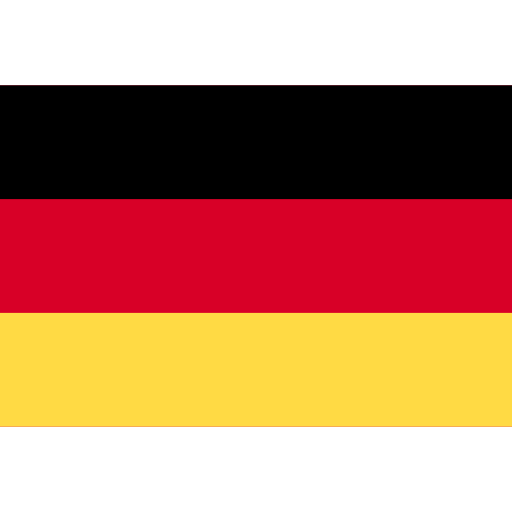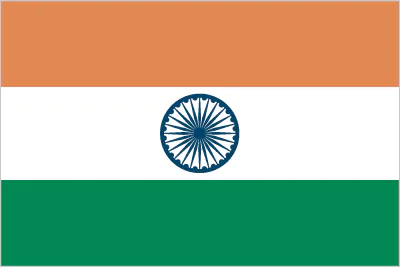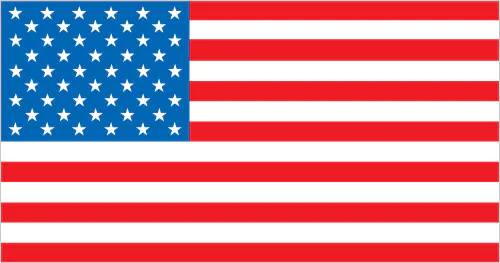The International Chamber of Commerce (ICC) has unveiled eUCP Version 2.1, an alignment of the Uniform Customs and Practice for Documentary Credits for Electronic Presentation (eUCP) with the UNCITRAL Model Law on Electronic Transferable Records (MLETR).
This alignment, not a revision, emphasises the growing significance of electronic transferable records in global trade.
Background to documentary credits
Documentary Credits, also known as Letters of Credit (LCs), are essential finance instruments used in international trade.
These instruments provide a guarantee from a bank that a buyer’s payment to a seller will be received on time and for the correct amount.
If the buyer is unable to make the payment, the bank will cover the full or remaining amount.
The Uniform Customs and Practice for Documentary Credits (UCP) is a set of rules governing the issuance and use of LCs.
Established by the ICC, the UCP rules mitigate the uncertainties caused by individual countries promoting their own national rules on documentary credit practice.
The UCP rules provide a framework that governs these transactions, ensuring clarity and uniformity in the sector.
The UCP is utilised by bankers and commercial parties in more than 175 countries in trade finance, with some 11-15% of international trade utilising letters of credit, totalling over a trillion dollars (US) each year.
A brief history of UCP
Certainly, here’s a table that summarizes the key changes and editions of UCP and eUCP.
| Year | UCP/eUCP Version | Key Changes |
|---|---|---|
| 1933 | UCP 1st Edition | First edition of the UCP was published. |
| 1951 | UCP 82 (2nd Edition) | Revision of the UCP was published. |
| 1962 | UCP 151 (3rd Edition) | Revision of the UCP was published. |
| 1974 | UCP 222 (4th Edition) | Revision of the UCP was published. |
| 1983 | UCP 290 (5th Edition) | Revision of the UCP was published. |
| 1993 | UCP 400 (6th Edition) | Revision of the UCP was published. |
| 1993 | UCP 500 (7th Edition) | Revision of the UCP was published. |
| 2002 | eUCP Version 1.0 | First edition of the eUCP was published. |
| 2007 | UCP 600 (8th Edition) | Revision of the UCP was published. |
| 2007 | eUCP Version 1.1 | Updates to the eUCP was published. |
| 2019 | eUCP Version 2.0 | Updates to the eUCP was published. |
| 2020 | eUCP Version 2.1 | Updates to eUCP sub-article e3 (b) (iii) and the addition of a new definition as eUCP sub-article e3 (b) (v). |
| 2023 | eUCP Version 2.2 | Updates to eUCP sub-article e3 (b) (iii) and the addition of a new definition as eUCP sub-article e3 (b) (v). The version also features an appendix with recommendations for SWIFT MT700 Field requirements for a credit subject to eUCP Version 2.2 |
The eUCP rules
The eUCP rules were first introduced in March 2002 (version 1.1), with the ICC releasing an updated supplement for the electronic rules (eRules) of the Uniform Customs & Practice for Documentary Credits.
André Casterman, Head of ITFA’s Fintech Committee told TFG: “This new version of eUCP enriches the set of options for the market to digitise trade flows. It is very welcome by technology vendors and alternative lenders, and demonstrates that traditional trade instruments have a bright future in front of them. Long live the Letter of Credit.”
The eUCP Version 2.1 is largely based on the discussions held in October 2022 during the Plenary Session in Paris of the ICC Banking Commission.
The ICC has advised that version 2.1 was neither a revision nor an update of the eUCP, it was solely an alignment with MLETR with respect to electronic transferable records.
The eUCP merely acts as a supplementary and digital counterpart to UCP 600, specifically tailored for digital transactions offering a faster and safer method for financing trade, aligning with the ICC Banking Commission’s objective of promoting a paperless business environment.
The eUCP Version 2.1 marks a significant stride in advancing the documentary credit in a digital environment, ensuring its continued relevance in mitigating trade risk.
Key changes between eUCP v1 and v2.1
Key changes include:
- Updating eUCP sub-article e3 (b) (iii) to state, ‘Electronic record, including an electronic transferable record, means …’
- Adding a new definition as eUCP sub-article e3 (b) (v) ‘Electronic transferable record means an electronic record that contains the information that would be required in the equivalent paper document, such as a negotiable bill of lading or an assignable insurance document.’
The version also features an appendix with recommendations for SWIFT MT700 Field requirements for a credit subject to eUCP Version 2.1.
The SWIFT MT700 is a type of SWIFT message used by banks to issue a letter of credit. It is sent from the issuing bank to the advising bank. It provides details about the letter of credit, including the amount, expiry date, and documents required for payment.
The appendix in eUCP Version 2.1 provides specific recommendations for using the SWIFT MT700 in the context of the eUCP.
Revision vs alignment, MLETR compatibility
The recent alignment of the International Chamber of Commerce’s (ICC) Uniform Customs and Practice for Documentary Credits for Electronic Presentation (eUCP) Version 2.1 with the UNCITRAL Model Law on Electronic Transferable Records (MLETR) has been met with widespread approval from the international trade finance community, although it was endorsed by UNCITRAL in 2007.
Luca Castellani, legal officer in the Secretariat of the UNCITRAL said, “The contribution of the ICC to the development of international trade law is significant and has been recognised numerous times by UNCITRAL, including by endorsing in 2007 the UCP 600. The adoption of eUCP Version 2.1 is another welcome step as it aims to help businesses in finetuning existing business practices to take full advantage of the expected adoption of MLETR by several significant trading countries.”
Sean Edwards, Chairman of the International Trade & Forfaiting Association, told TFG: “The march of MLETR as the legislative vehicle for the digitalisation of a whole family of trade documents is rightly reflected in the latest version of eUCP and is firmly welcome.”
Eleonore Treu, Director of ICC Austria’s Trade Finance Week, also expressed her support for the changes. Speaking to TFG, she said, “The harmonisation of eUCP with the UNCITRAL’s MLETR is a significant leap forward in the realm of international trade. In line with the central theme of Trade Finance Week 2023, this update to eUCP rules underscores our global commitment to the modernisation and digitisation of trade finance. It clearly demonstrates our concerted effort to increase efficiency, foster uniformity and reduce uncertainties in documentary credit practice, which is becoming increasingly essential in our digitally-driven global trade ecosystem.”
Geoffrey Wynne, Head of Sullivan’s Trade & Export Finance Group and the firm’s London office, echoed these sentiments, telling TFG, “It is good to see the ICC moving forward with helping to develop the use of eUCP given the ICC’s significant support of other digital initiatives like URDTT (Uniform Rules for Digital Trade Transactions) with which I was closely involved. Let’s hope this sees greater adoption of eUCP with the hoped-for passing of the Electronic Trade Documents Act in the UK and MLETR adoption elsewhere.”
Tomasch Kubiak, ICC, said, “Alignment to MLETR is essential for our eRules if we want trade finance to really go fully digital. ICC eRules needed to be ready as we are seeing further adoption of MLETR and legal processes in different jurisdictions, including the United Kingdom, France, Germany and many other.”
Dave Meynell, contributor to the ICC eRules said, “Updating eUCP to further align the rules with MLETR in respect of electronic transferable records will ensure compatibility with emerging legislation throughout the world. Of particular importance is that the eUCP is in total harmony with the forthcoming Electronic Trade Documents Bill in the UK. We are now seeing the long-awaited synchronicity between practice, rules and law.
ICC eRules were historically meant to be flexible in their update and trade finance specialists of the ICC Global Banking Commission pointed that out clearly when they decided on the update. We were able to align both eUCP and eURC with the MLETR in a record time of 8 months. It clearly shows the interest in taking every relevant step to take trade finance into the digitalised era.”
The alignment of eUCP with MLETR is not a revision or an update of eUCP, but an essential step towards the digitalisation of trade documents. As the world continues to embrace digital solutions, these changes are expected to play a crucial role in shaping the future of international trade finance.
Where to find out more about eUCP Rules
Read our resources on the UCP 600, and its 39 articles here.
Watch our four-part series about UCP 600 here, in partnership with the International Institute of Banking Law & Practice (IIBLP) and ICC UAE. The series, “Demystifying UCP 600,” presents an in-depth understanding of the rules behind the letter of credit. The series addresses subjects like the advantages of using a Letter of Credit, an overview of UCP 600 rules, their historical context, their evolution, and practical advice for applying UCP 600 rules in Letters of Credit.
Editors note: This article incorrectly published the date for the publication of v1.0 of the eUCP rules. It has now been corrected.





































